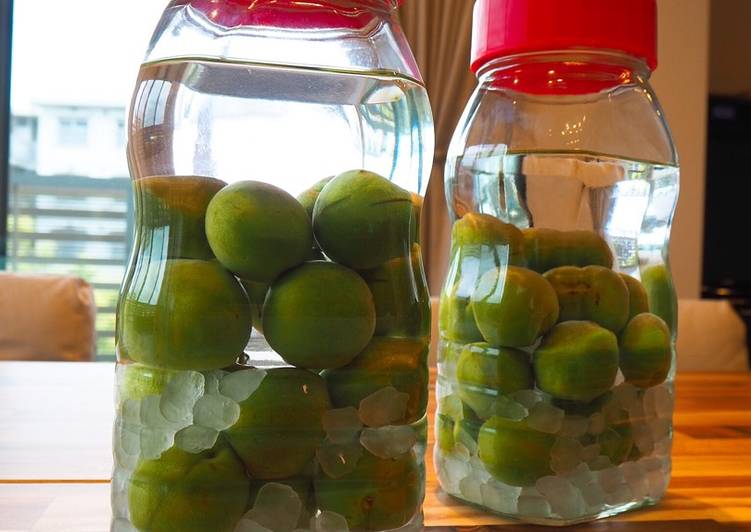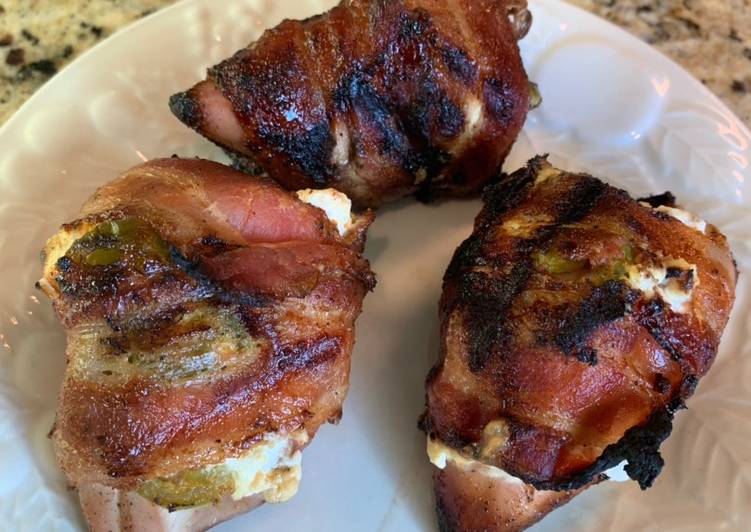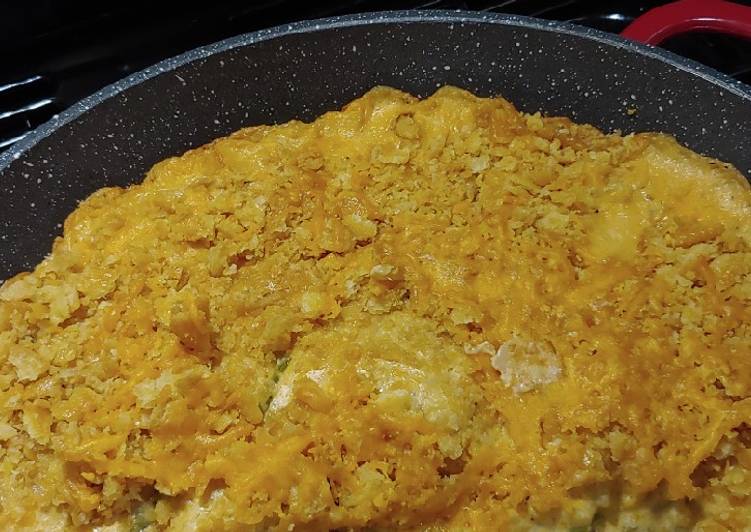
Hello everybody, it’s Louise, welcome to my recipe site. Today, I’m gonna show you how to make a distinctive dish, umeshu - japanese plum wine. One of my favorites food recipes. This time, I will make it a little bit unique. This is gonna smell and look delicious.
Plum Wine or Umeshu (梅酒) is a Japanese liqueur made by steeping fresh Japanese plum (ume) in shochu/white liquor and sugar. The sweet and sour flavors with the fruity aroma are very appealing and you can make many kinds of drinks with it! Inspired by the Japanese drama - Midnight Diner.
Umeshu - Japanese plum wine is one of the most well liked of current trending foods on earth. It’s simple, it is quick, it tastes delicious. It is enjoyed by millions every day. They’re fine and they look fantastic. Umeshu - Japanese plum wine is something which I’ve loved my whole life.
To get started with this recipe, we must prepare a few ingredients. You can cook umeshu - japanese plum wine using 3 ingredients and 6 steps. Here is how you can achieve that.
Ingredients
The ingredients needed to make Umeshu - Japanese plum wine:
- Get 1 kg green plum (unripe)
- Get 500 g white rock sugar(crystallized sugar)
- Take 1800 ml distilled spirits called “white liquor” (vodka can be substantiated)
This tasty drink is a great aperitif and also wonderful as a dessert wine after dinner. The plums for Umeshu need to be Japanese green plums which are very sour and inedible raw, not the red plums you can buy at local. "Umeshu" literally means plum wine. It is a kind of traditional liqueur enjoyed in Japan. The main ingredients are ume (Japanese plum), sugar, and alcohol (usually You can easily purchase umeshu at any grocery store if you live in Japan but you can also make it at home.
Instructions
Steps to make Umeshu - Japanese plum wine:
- To sanitize a glass jar, pour boiling water in the jar, drain well and air dry.
- Wash plums gently, remove hulls with a bamboo stick, and dry well with paper towels one by one. Please make sure the plums are dried well otherwise the moisture of plums will cause growing mold in the jar.
- I recommend using rock sugar for making plum wine. It takes time to dissolve and that means it helps to extract the flavors from the plums at a slower pace.
- To make plum wine, we need distilled spirits at 35% alcohol by volume. - In Japan, A kind of distilled liquor called White Liquor is commonly used for plum wine. Vodka can be substitute for white liquor if you cannot find it in your country.
- Layer the plums and the sugar alternately in the jar and pour over white liquor.
- Put the lid on the jar and store in a cool, dark place. You can start drinking Umeshu after it’s been resting for at least 6 months. You need to be a little patient but it is worth waiting! - Give the jar gently shake everyday to mix sugar and the liquor well for the first month. Better to write the date you started on the jar so that you can remember when the plum wine gets drinkable!
It is super easy to make! Umeshu (梅酒) is a Japanese liqueur made by steeping ume plums (while still unripe and green) in liquor (焼酎, shōchū) and sugar. Famous brands of umeshu include Choya, Takara Shuzo and Matsuyuki. This is the first year I will try making 梅酒. I had some homemade umeshu on a recent trip to Japan.
So that’s going to wrap this up for this exceptional food umeshu - japanese plum wine recipe. Thank you very much for your time. I’m confident that you will make this at home. There’s gonna be interesting food in home recipes coming up. Remember to bookmark this page in your browser, and share it to your family, colleague and friends. Thanks again for reading. Go on get cooking!
Print this page

